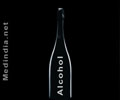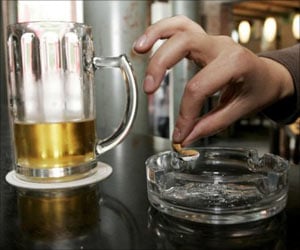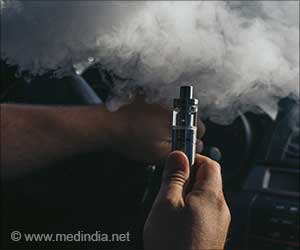Selective alcohol re-screening at more frequent intervals may be of benefit for those groups who are more likely to transition to risky drinking, said new study.

‘Routine screening for risky alcohol use in general practice can identify people who may benefit from simple interventions to reduce consumption.’





The same assessment was repeated 3, 6, and 12 months later using computer-assisted phone interviews. Information on gender, age, education, employment/student status, and alcohol use in the 7 days before screening was collected at baseline in an effort to identify factors that might predict transition from low-risk to at-risk drinking over time. The screening status of most participants (61%) remained stable over the 12-month period. However, among those classed as low-risk at baseline (two-thirds of the overall sample), one in five (21%) had a positive screening result at one or more follow-up assessments.
Using statistical modelling, the researchers showed that certain groups of participants – young adults (18-29 year-olds), females, and those who reported two or more drinking days or binge drinking in the week before the baseline assessment – were more likely than others to later transition to a positive screen.
Among those classed as at-risk at baseline (one-third of the overall sample), just under half (45%) maintained this status over time, with one quarter (24%) transitioning to low-risk drinking and another quarter (23%) having a fluctuating status. Recent evidence suggests that even short periods of elevated alcohol intake can be harmful for health.
Overall, one in three participants had periods of both low-risk and at-risk drinking over one year. This suggests that, in the real world, phases of at-risk drinking may be missed between screenings, which are typically conducted at intervals of at least one year.
Advertisement
Such a strategy, combined with alcohol interventions for those at risk, could help to reduce the burden of alcohol-related illness and disease within the general population.
Advertisement
Source-Newswise











